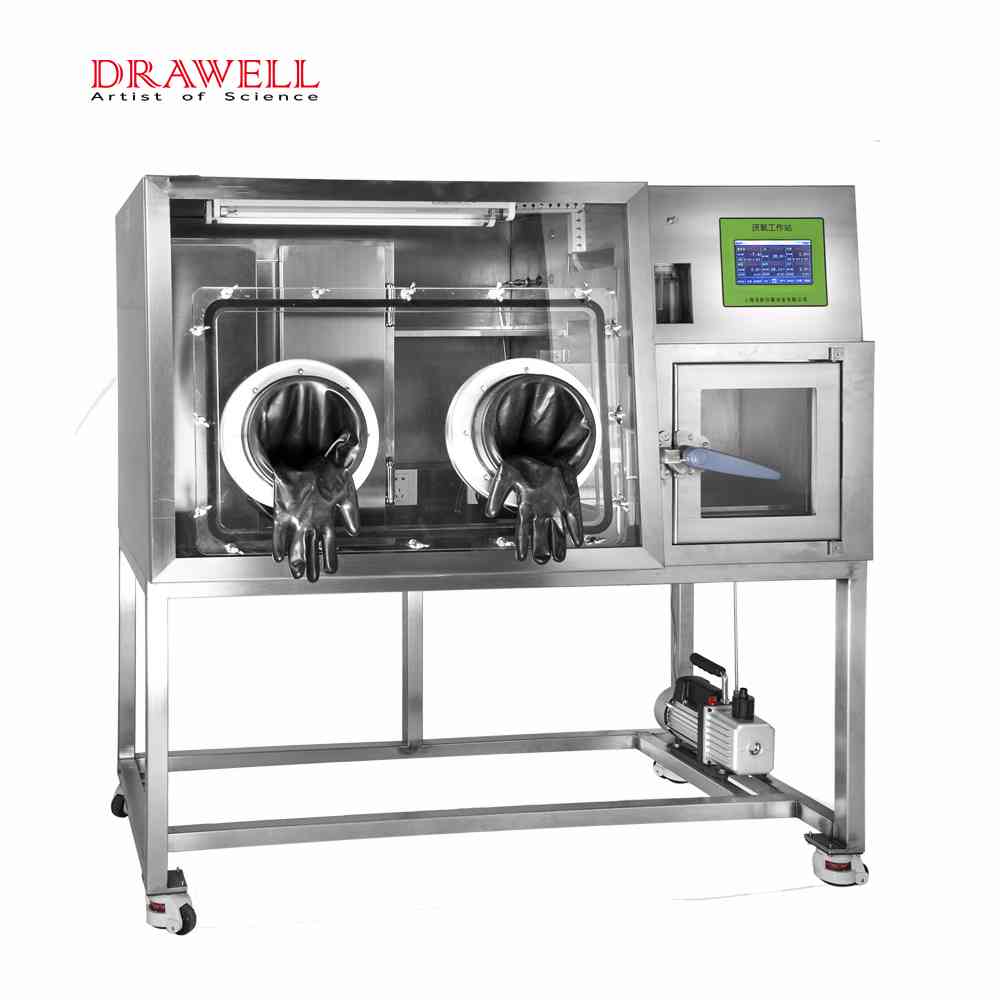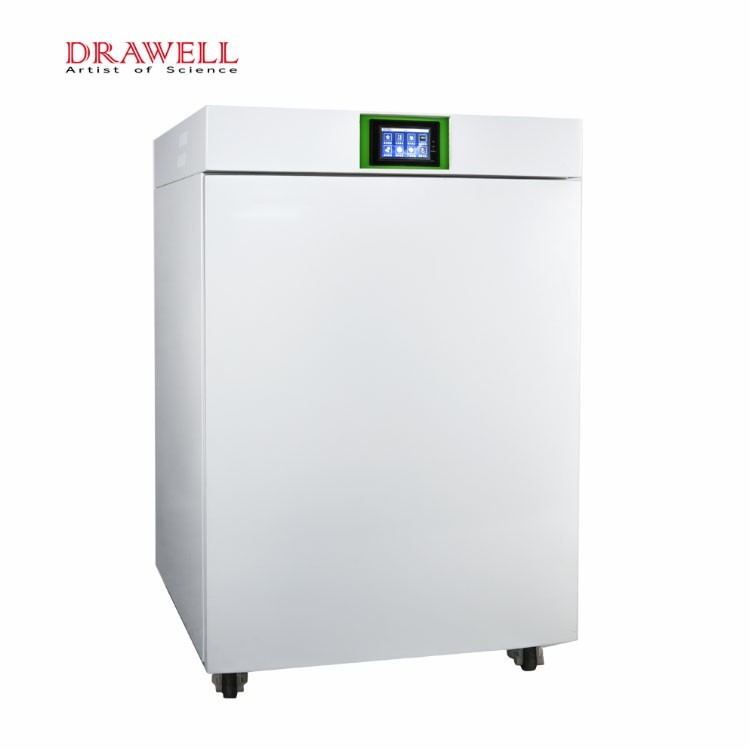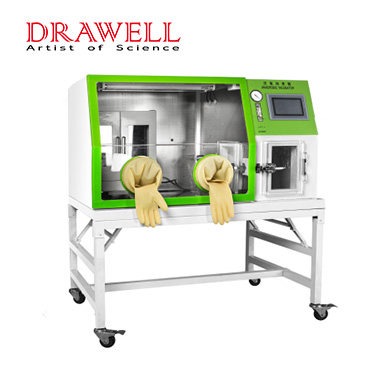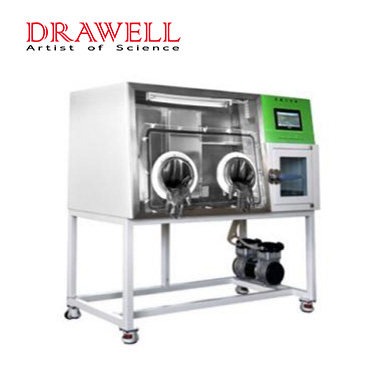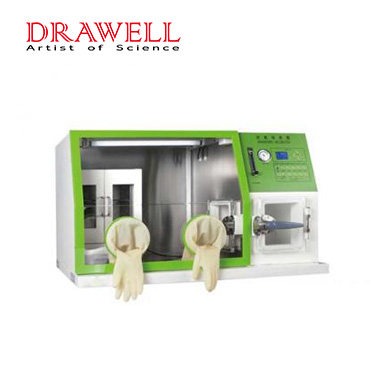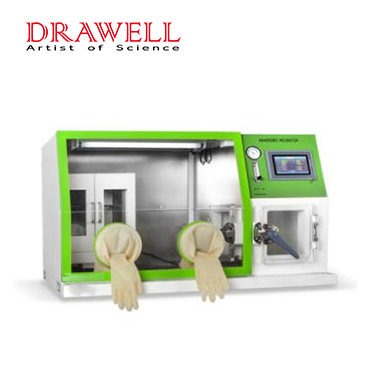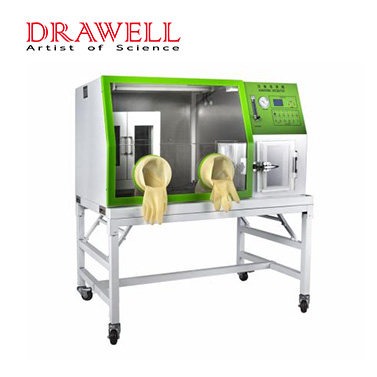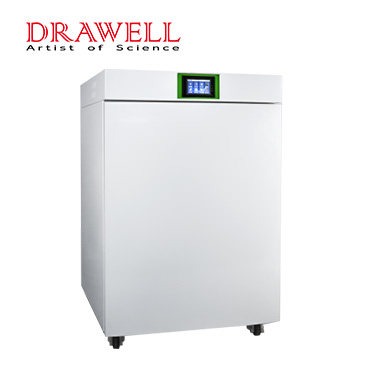A CO2 incubator and an anaerobic incubator are two types of incubators that are popularly used nowadays. This article compares a CO2 incubator and an anaerobic incubator from 8 aspects.
1. The comparison of the definition
A carbon dioxide incubator can simulate the formation of a similar cell or tissue growth environment in vivo in the box.
An anaerobic incubator is a device for bacterial culture and operation under anaerobic conditions.
2. The comparison of gas composition
As for the carbon dioxide incubator, it contains part of oxygen, 5% carbon dioxide, and 95% air.
As for the Anaerobic incubator, it contains 90% nitrogen, 5% hydrogen, and 5% carbon dioxide with no oxygen inside
3. The comparison of application
A carbon dioxide incubator is mainly used for cell or tissue and special microorganism culture.
An anaerobic incubator is suitable for the cultivation of anaerobic organisms.

4. The comparison of features
Carbon dioxide incubator generally has a heating function and can be sterilized at high temperatures. Maintaining a constant temperature in the CO2 incubator is an important factor in maintaining healthy cell growth, so an accurate and reliable temperature control system is an integral part of the CO2 incubator. The heating method of the CO2 incubator is divided into air jacket heating and water jacket heating. Some CO2 incubators come with CO2 level control, Ph control, temperature control, refrigeration control, etc.
Take CO2 level control as an example, there are currently two methods of CO2 level control on the market: infrared sensor (IR) or thermal conductivity sensor (TCD). The working principle of the thermal conductivity sensor to monitor the concentration is based on the continuous measurement of the thermal conductivity of the air in the cavity. Signal. The infrared sensor detects the level through an optical sensor. The IR system consists of an infrared transmitter and a sensor.
When part of the infrared light emitted by the transmitter is absorbed in the box, the sensor can detect the reduction in the amount of infrared light, and the amount of absorbed infrared light corresponds to the level in the box. The concentration in the tank can be obtained.
Anaerobic incubators generally have anaerobic control and temperature control. This type of product generally consists of an anaerobic chamber, a transmission cabin, a bare-hand cuff operation hole, and a control system.
5. The comparison of application experiment
CO2 Incubators are used in immunology, Oncology, and Cell Dynamics.
Anaerobic incubators are used for constant temperature experiments, cultivation experiments, and environmental experiments. It is a common experimental instrument in biology, environmental protection, agriculture, medicine, and other industries.
6. The comparison of types
Drawell CO2 Incubators can be divided into three types. There are DCI Series CO2 Incubators, WJ-2 Series CO2 Incubators, and WJ-3 Series CO2 Incubators.
Drawell anaerobic incubators can be divided into five types. There are anaerobic incubator LAI-3T, anaerobic incubator LAI-3T-N, anaerobic incubator LAI-3D, anaerobic incubator LAI-3DT and anaerobic incubator LAI-3.

7. The comparison of purchasing instructions
Carbon dioxide incubators are irreplaceable for ordinary electric heating incubators.
The anaerobic incubator is a special device for the cultivation and operation of surprise bacteria under anaerobic conditions.
8. The comparison of similarities
The first comparison of similarities is that both Drawell CO2 Incubators and Drawell anaerobic incubators are easy to operate. The second is that both of them can be provided at competitive factory prices from the same incubator manufacturer Drawell. The third is that the quality of the Drawell CO2 incubator and the Drawell anaerobic incubator is high and can be guaranteed.
In a word, this article provides a brief comparison of CO2 incubators and anaerobic incubators. If you want to know more about them, you can contact the manufacturer which provides CO2 incubators and anaerobic incubators.

